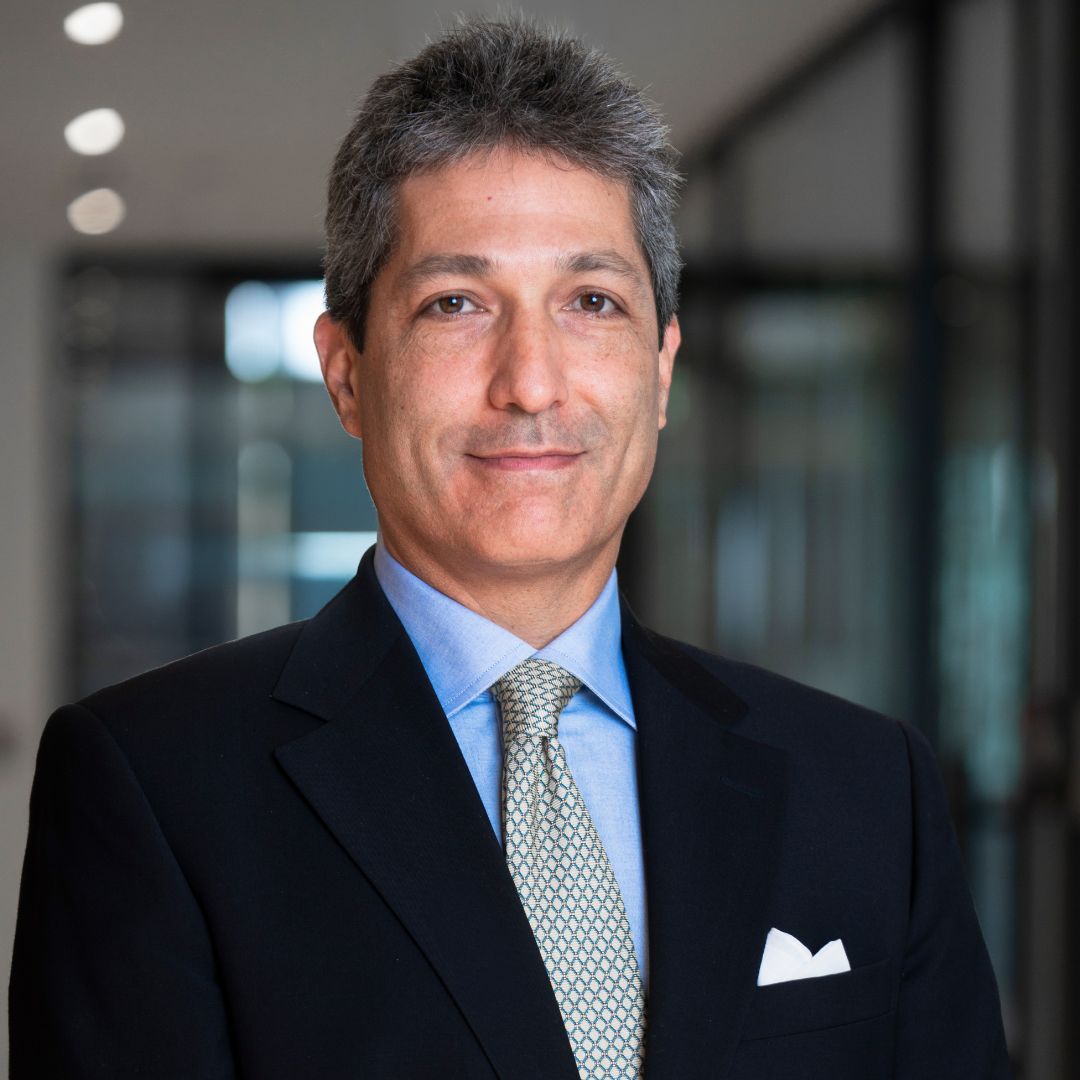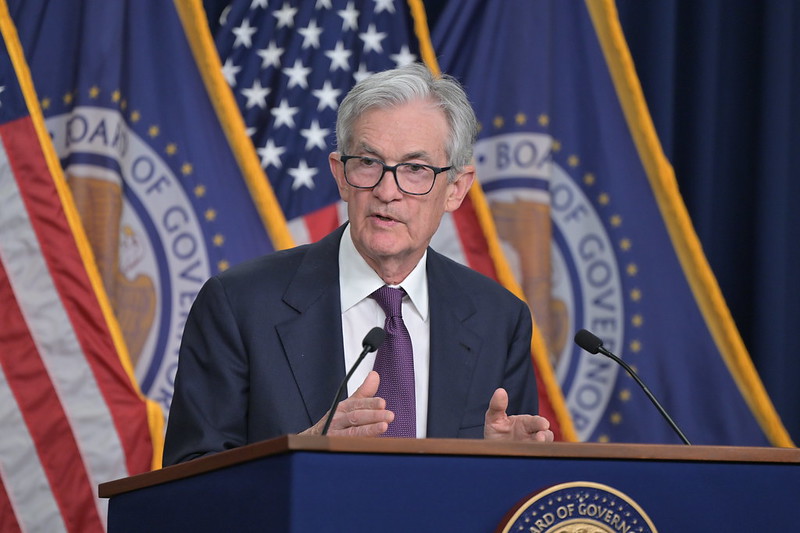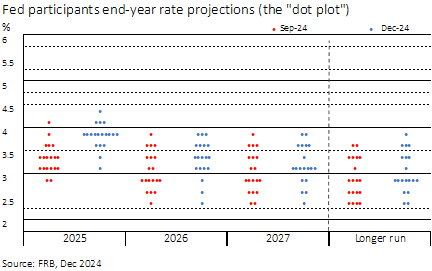Why Trump’s Second Term Could Transform Asia
| For Amaya Uriarte | 0 Comentarios

The next term of Donald Trump will have global repercussions, and Asia will be no exception. It is clear that a victory for Kamala Harris would likely have meant continuity in Joe Biden’s policies; however, the Republican triumph will bring significant changes in the political, economic, financial, and regulatory arenas. “Profound and rapid changes are coming to Asia. In cross-border trade, currencies, risk appetite, and geopolitics, the influence of the new Washington administration will be far-reaching. In our view, the effects will be challenging and likely materialize sooner rather than later, possibly during the first half of 2025,” said John Woods, CIO Asia at Lombard Odier.
The firm points out that the relationship between the U.S. and China is fundamental to America’s broader engagement with Asia, with trade playing a key and bipartisan role. From the U.S. perspective, this relationship is ambivalent. According to Woods, on one hand, China is one of America’s most important trading partners; on the other, it raises concerns about trade imbalances, currency manipulation, and market distortions.
“The goal of a U.S. manufacturing revival drives the Trump administration’s promises to bring back jobs and ‘make America great again.’ This was a key aspect of his campaign, backed by tariff and quota proposals. With potential 60% tariffs on Chinese goods and 10% on the rest of the region, the risks are significant. However, we have seen this scenario before. In 2018, President Trump targeted approximately $360 billion in Chinese imports to address intellectual property concerns and reduce the trade deficit. While the direct impact of the tariffs was limited, the indirect effects significantly dampened global corporate confidence and investment,” Woods emphasized.
From a regional perspective, the secondary effects of U.S. fiscal and monetary policy under the new administration could be more extensive than the tariffs. “A focus on border control, tax cuts, and tariffs could increase inflationary pressures in the U.S. economy, leading to higher interest rates and bond yields,” Woods added. In fact, after the election, Lombard Odier raised its forecast for the Fed’s terminal rate to 4%. According to Woods, as higher U.S. rates trickle down to Asia, local economies—already impacted by weaker exports—will face a slower growth outlook.
Additionally, the dollar will play a crucial role in this transmission. “A strong dollar makes dollar-denominated imports more expensive, raising inflation and straining consumers and businesses in import-dependent countries. Nations with significant dollar-denominated debt will face higher repayment costs, affecting national budgets and growth investments,” Woods noted.
In this challenging macroeconomic context, Lombard Odier believes the market opportunity question will shift from “buy Asia” to “why Asia?” While there may be attractive opportunities in Asian equities, U.S. markets continue to draw investment flows, reflecting a dynamic economy and robust corporate performance, particularly among large tech firms.
“Our recent decision to increase portfolio exposure to U.S. equities reflects this American economic exceptionalism, which we anticipate will persist as the macroeconomic effects of Trump’s policies take hold. We note that consensus forecasts for earnings growth in the U.S. are on par with those for Asian equity markets. Investors face a choice between risk and opportunity in Asia versus the U.S., and historically, they have favored the latter. While a strong dollar is likely to boost earnings for Asian companies sensitive to U.S. demand, it could also increase the debt servicing burden for quasi-sovereign issuers and banks critical to the region,” Woods explained.
In this regard, Woods clarified that companies with dollar-denominated debt will likely face higher repayment costs, straining their financing and investment activities. He noted that during Trump’s first term, dollar-denominated credit spreads steadily widened as tariffs were imposed, although they remained stable immediately after his election in 2016.
“We believe that Asian economies will maintain reasonable growth in 2025, as the economic impact of tariffs is relatively moderate compared to recent stress episodes, such as the banking crisis or the global pandemic. China’s shift toward stimulus offers hope that the country can withstand the impact of new U.S. tariffs, which could anchor the region’s financial market performance. However, it is hard to imagine growing global demand for Asian risk assets until the president-elect’s likely transactional approach to tariffs results in more encouraging developments than his campaign promises,” Woods said.
Finally, Woods noted that the most profound impact of the Trump administration on Asia could be its deglobalizing effect on international relations. He reflected that the U.S. has increasingly focused on domestic interests, a trend that is likely to continue, potentially leaving room for a more assertive China to fill the vacuum.
“The mutual desire of the U.S. and China to decouple their economic relationship has evolved from a trade dispute into a more permanent shift. Asia largely orbits around China’s economy and the U.S.’s political influence, creating tensions historically managed with pragmatism and flexibility. However, this balance is eroding. As Asia’s geoeconomic dynamics change, local investment strategies must adapt to increasing tensions and points of conflict. The economic uncertainty stemming from potential trade agreement failures and sanctions exacerbates the situation,” Woods argued.
In one of his concluding remarks, Woods highlighted that while many Asian nations have maintained a non-aligned stance between the U.S. and China, China’s economic appeal—particularly through multiregional infrastructure developments like the Belt and Road Initiative—makes neutrality increasingly challenging. “This could lead to a realignment of positions, resulting in new spheres of influence,” concluded John Woods.











